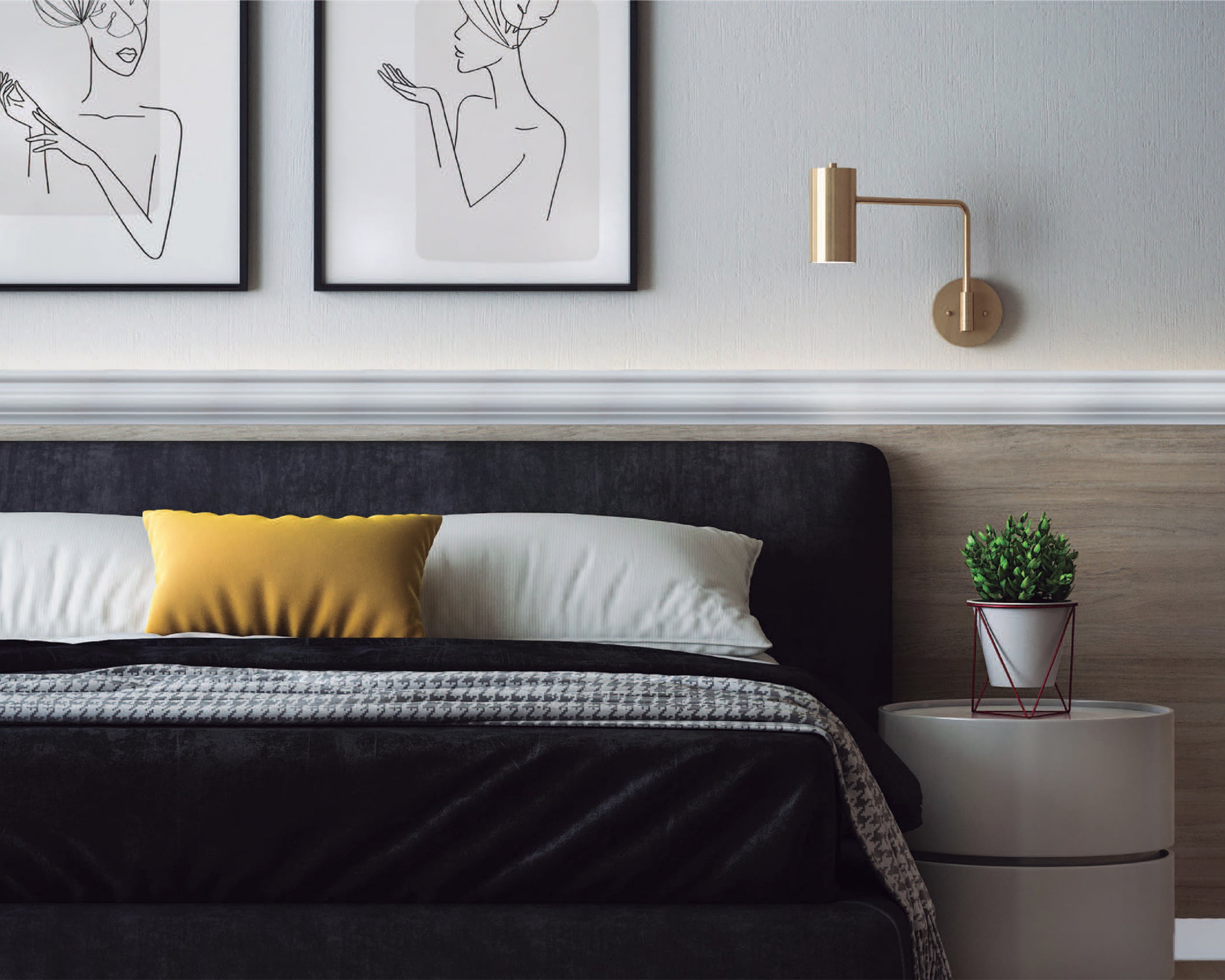Design lives in the details, and millwork—mouldings, trim, and doors—though often understated, has a powerful impact on a home’s aesthetics, adding depth, character, and cohesion to every space.
Millwork is the unsung hero of interior design: subtle in presence but profound in effect. It also demands a level of precision that even handy homeowners often leave to specialists. Errors are obvious and difficult to correct.
“If you want something truly pristine in your home, millwork is the final touch. While a homeowner can install trim, a specialized contractor or installer is more likely to handle it—because you want that installation to be flawless, with no gaps and all the finishing details they bring,” says Yanick Miron, Director of Allied Products at Taiga Building Products.
“The extra level that the contractor brings is important—and that’s why they get paid for it. Sometimes it’s just the details that separate a good job from a perfect job.”
It’s no surprise, then, that the market for mouldings and interior doors is showing steady growth and resilience despite broader economic pressures. High property values and evolving trends continue to drive many homeowners to renovate and improve their existing homes rather than move.
That said, Miron notes that many style trends have been stable for the past few years.
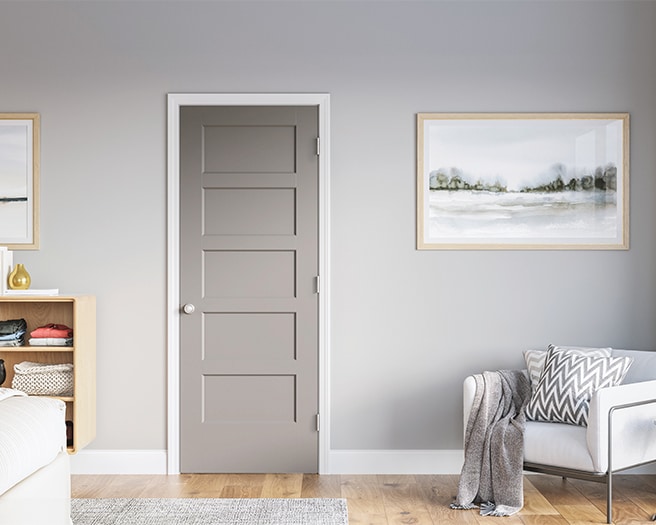
Photo courtesy of Metrie
Minimalist profiles: Presence without fuss
In both mouldings and interior doors, there’s a clear move away from ornate, decorative trim toward simpler, more refined profiles, according to industry watchers and vendors.
In mouldings, flat stock, soft bevels, and gentle curves are becoming the go-to for baseboards and casings, says Rae Dorothy, Moulding Product Manager at Metrie. And while the look is more understated, the scale is growing: “We are also seeing a trend toward larger profiles, with baseboards at 5” to 8” and casings from 3” to 4”.”
Dorothy’s counterpart, Sean Greenhill, Door Product Manager at Metrie, sees similar popularity in minimalist designs with a twist: “This trend continues but is slowly evolving to add warmth in interior finishings—clean lines that avoid a cold, sterile feel.”
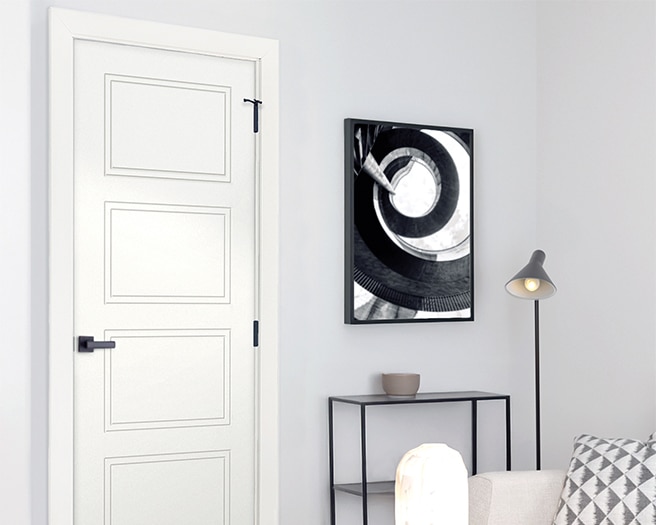
Photo courtesy of Alliance Door Products Canada
Hardy Rahn, Vice President of Sales at Alliance Door Products Canada, notes a subtle shift as traditional design elements begin to blend into modern, minimalist styles. “We’re constantly innovating to stay ahead of the curve and keep pace with evolving trends,” he says.
While interior door styles have moved away from moulded designs toward clean, flat profiles, Alliance has responded with collections like FineLine and Elemental—flush doors featuring routed grooves that echo the scale and simplicity of today’s trim and moulding trends.
It’s a trend in both renovations and new builds. “A lot of new homes are looking for flat or flush trim but with a bit of a groove so it’s not as jarring as a completely flat profile,” Rahn says. He points to a current design flare around wall paneling, particularly beaded or slat panels—which add subtle texture and profile without the intricate detailing common decades ago.
The look is cleaner and more restrained, offering visual interest while staying true to modern minimalist aesthetics. Rahn suggests that as homes become smaller, having too many design elements can be overwhelming.
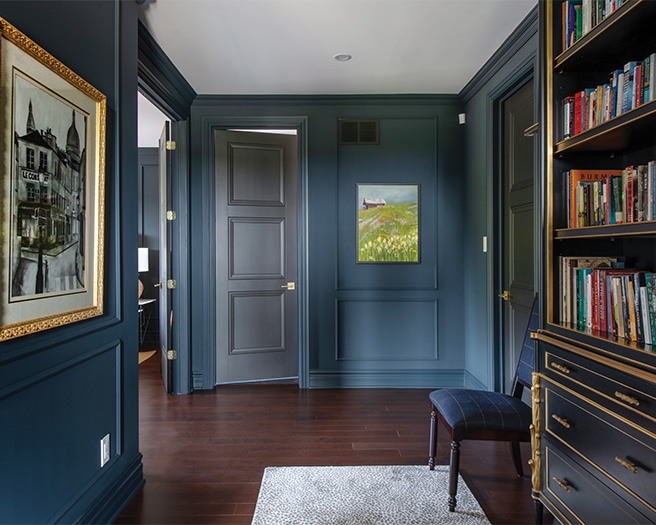
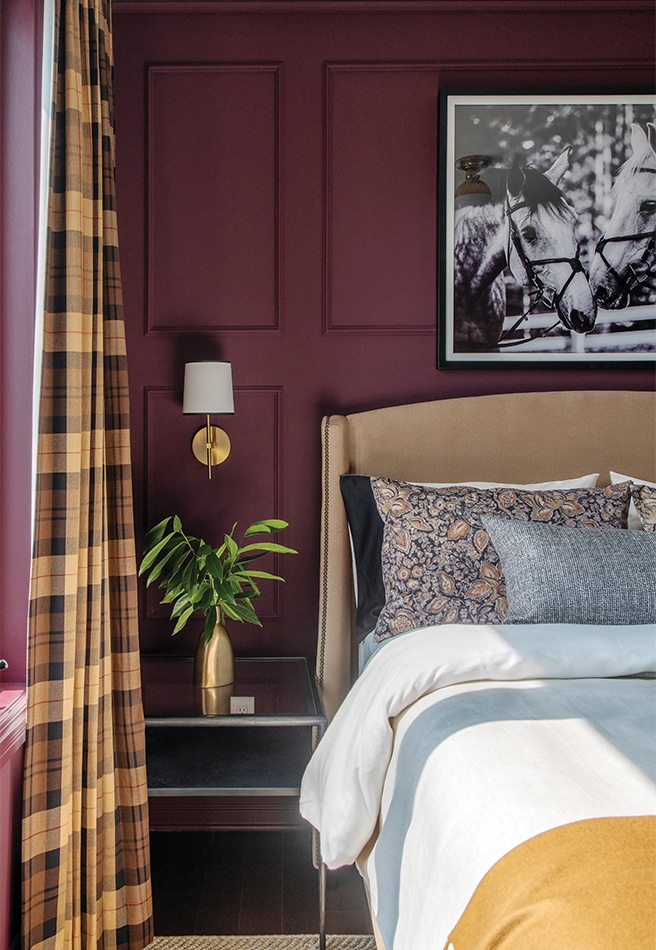
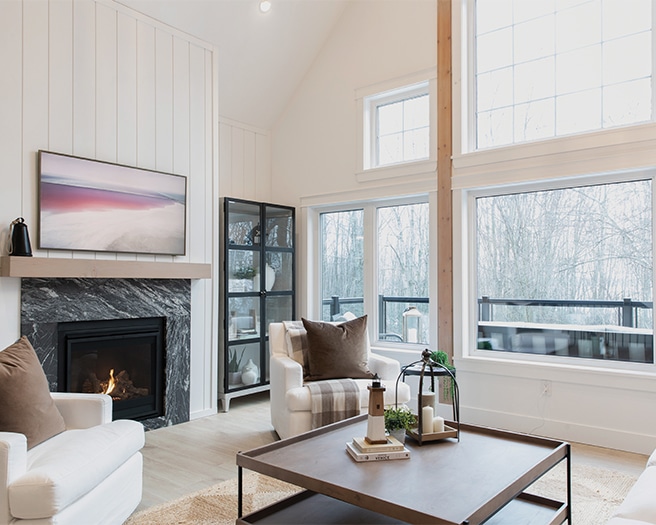
Photos courtesy of Alexandria Moulding
Of course, in a country as large as Canada, trends vary from coast to coast. David Stojni, Vice President of Sales for Specialty Building Products at Alexandria Moulding, notes that while clean lines and flat profiles dominate in Western Canada, the East is seeing “a bit of a trend for Colonial profiles.”
Still, he stresses, “These are not the elaborate crown mouldings of the past.”
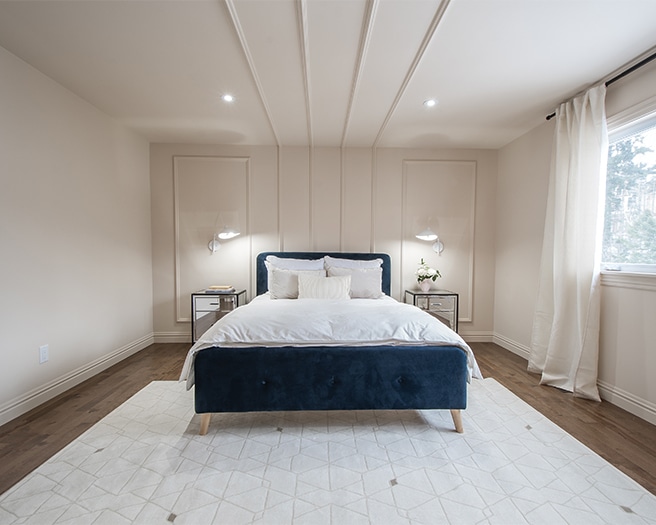
Photo courtesy of Moulding Warehouse Ltd.
Courtney MacKay, Social Media Coordinator and Co-owner at Moulding Warehouse Ltd. in Nova Scotia, also notes the popularity of a touch of traditional style. “There’s been a shift from stark minimalism to warm traditionalism. I’m not surprised; there’s a timeless elegance that comes with a more traditional style.”
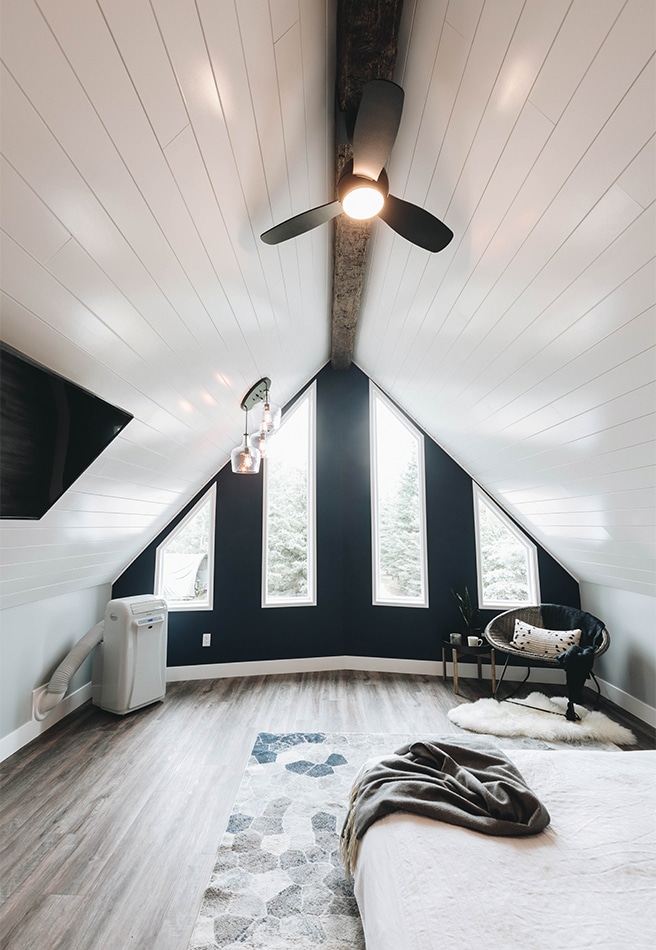
Photo courtesy of Metrie
Colour and Design trends
While many still gravitate toward black and white tones for mouldings, Dorothy says a bold trend is emerging around colour drenching, in which doors and mouldings are painted the same hue as the walls and ceiling for a dramatic effect.
Greenhill notes that black remains a very popular accent colour for doors, not just on exteriors but also interiors where a standout door is used to make a statement. He adds that the barn door trend has peaked after its meteoric rise in recent years.
Black remains strong, though some designers are shifting toward more versatile neutral tones—especially in interiors where flexibility and warmth are key.
Two-panel square interior doors remain the most popular design, having displaced the six-panel style years ago, Greenhill says. The former makes up 25% of top sellers, while the latter accounts for 15%, according to Metrie data.
The trend of using mouldings, like shiplap, to create unique wall accents remains popular with some homeowners, inspired by social media. Dorothy says she’s seeing growing interest in biophilic designs—incorporating more natural elements into interiors—and in build-ups that combine multiple profiles for a more detailed look.
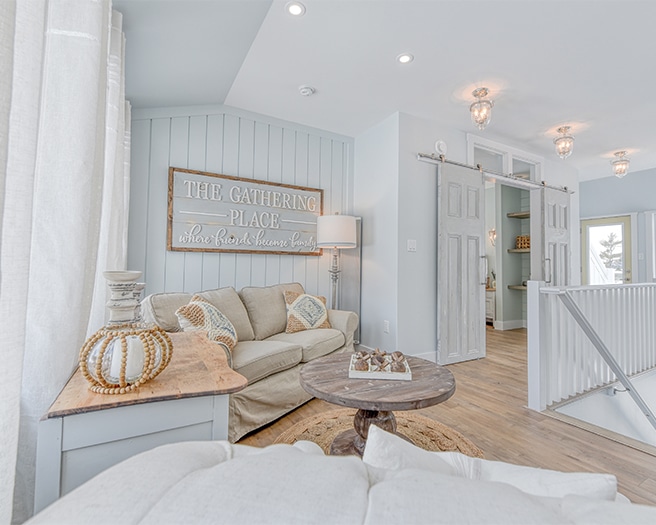
Photo courtesy of Moulding Warehouse Ltd.
On the other hand, MacKay sees a move away from geometric accent walls: “We’re not seeing as many geometric accent walls in homes today; the once-popular modern style has fallen out of favour.”
“While flatstock remains a popular choice, it’s now often paired with traditional wainscoting, panel moulding details, and a resurgence of crown mouldings. Shiplap remains popular in farmhouse-style homes.”
While geometric accent walls fade, vertical paneling and slat designs are gaining traction as modern alternatives.
“Vertical paneling is still a standout this year, used to make rooms appear taller. Options such as vertically installed shiplap, slat wall paneling, and simple flatstock patterns are still being used to achieve these looks,” Dorothy says. “We’re also seeing more rounded versions, with fluted or convex effects.”
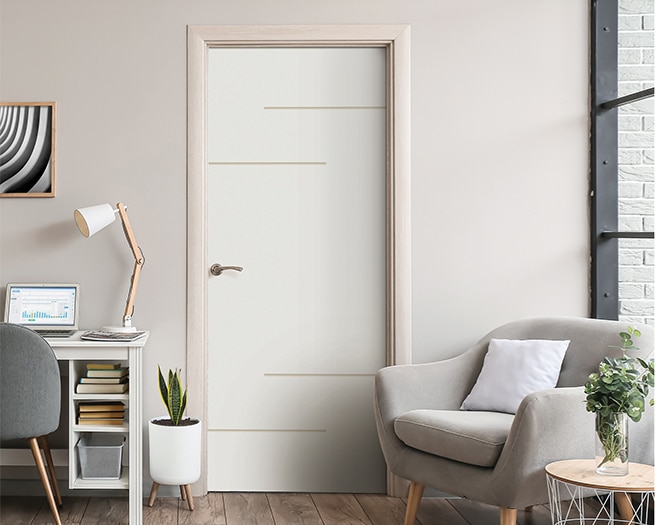
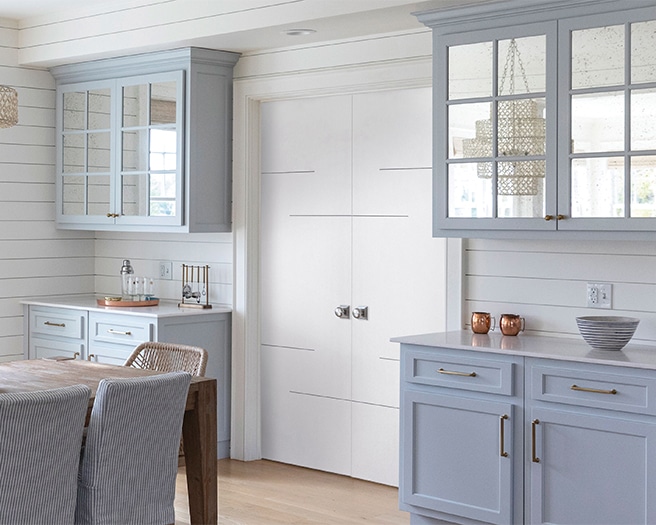
Photos courtesy of Alliance Door Products
Material Matters: Rising Interest in MDF
Budget remains a key factor in home upgrades, and economic pressures in 2025 are shaping homeowner and builder decisions more than ever. While interior doors and mouldings offer a relatively affordable way to make a big visual impact, rising costs, trade tensions, and market uncertainty are prompting many to seek cost-effective materials.
One standout is MDF (medium-density fibreboard), which continues to gain popularity for its affordability, smooth finish, and versatility. Recycled MDF panels appeal to budget-conscious and eco-aware consumers, offering a sustainable alternative to solid wood without sacrificing style.
“The macroeconomic environment has impacted products like finger-jointed and hardwood mouldings,” Stojni says. “Consumers may be gravitating toward MDF now because hardwood has been affected by tariffs.”
Rahn adds that there’s been a noticeable increase in the use of paint-grade materials, especially MDF and various hardwoods. Paint-grade materials’ compatibility with precision grooving techniques provides a seamless match between cabinet doors and mouldings—particularly in kitchens, where MDF’s smooth surface and affordability make it popular.
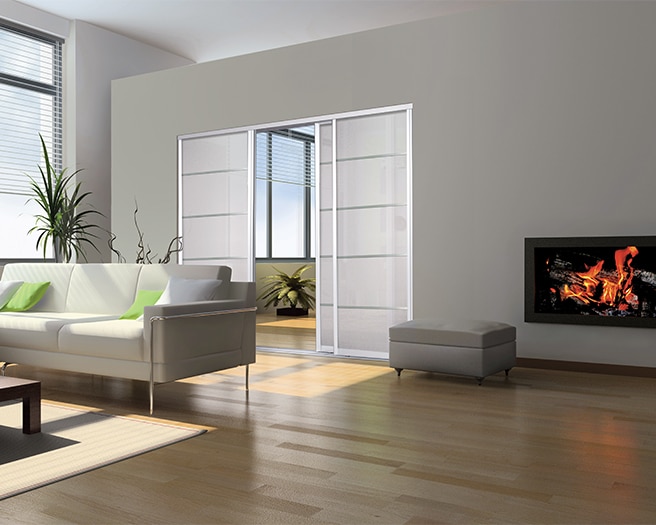
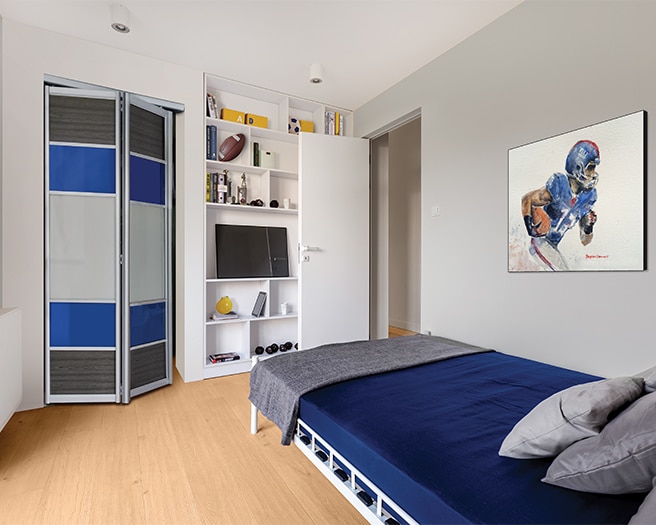
Photos courtesy of Concept SGA Inc.
Closets get Upscale Upgrades
Despite economic pressures, many homeowners and builders are looking for a little extra when it comes to closet doors, says Sonia Parodo, Eastern Canada Sales Leader for Concept SGA Inc.
“Homeowners are investing more in their homes. They’re buying higher-quality closet doors, such as contractor doors with high-end ball-bearing systems, aluminum frames, or soft-close options.”
She adds that higher-end systems were once prohibitively expensive, but now homeowners can achieve a dramatic improvement in appearance and performance—often paying just 20% to 25% more for top-quality materials and aesthetics.
“Just three years ago, contractors would call for the most economical options. Now we’re seeing them looking for the best. We just sold one contractor 300 doors with high-quality aluminum frames and soft-close technology.
“People are building high rises with high-end pools, gyms, and facilities. They want closet doors that look the part.”
In terms of materials, Parodo says that in the good–better–best spectrum of frame options, laminated wood is losing ground as designers and homeowners favour metal (good) and aluminum (best) for quality and appeal.
And variety is in demand. SGA specializes in custom doors and can create up to 28,000 distinct models, incorporating acrylic-based colours, PVC, high-density panels, frosted glass, mirrors, natural wood, and more.
“Homeowners are bringing a lot of creativity to the closet. They don’t want to be the same as the neighbours,” she says.
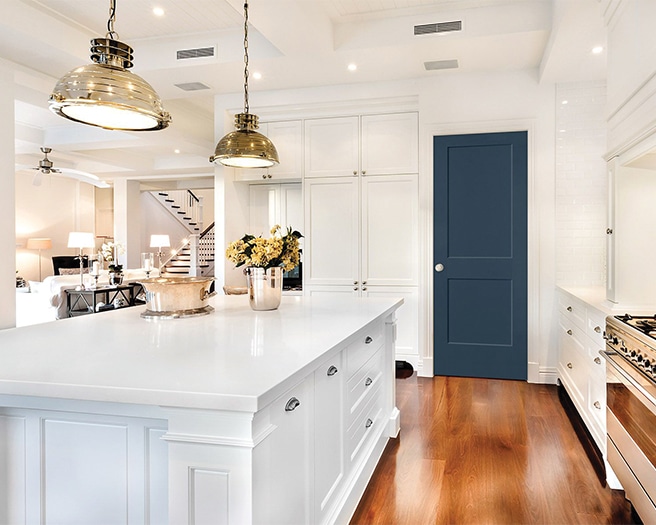
Photo courtesy of Metrie
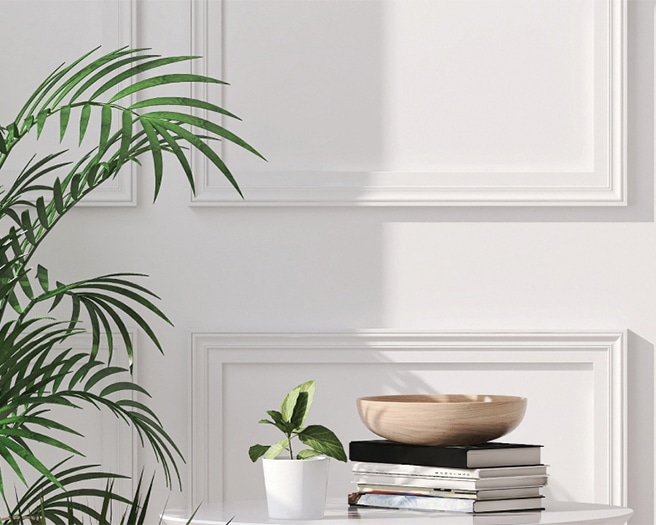
Photo courtesy of Taiga Building Products
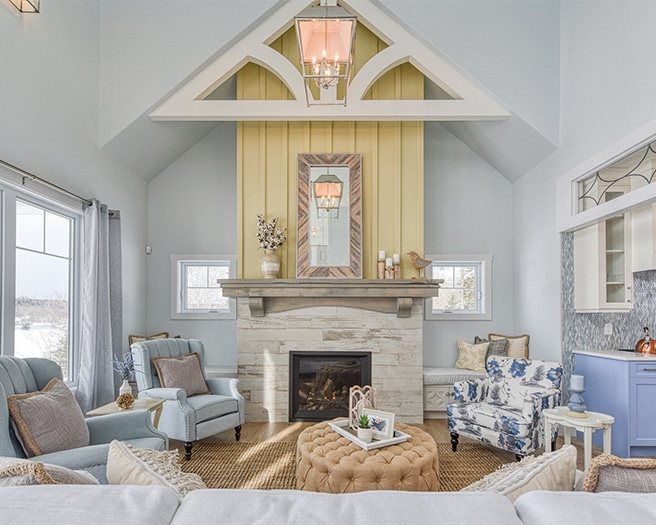
Photo courtesy of Moulding Warehouse Ltd.
Something for Every Homeowner
From clean-lined minimalism to warm traditionalism, today’s millwork choices reflect a growing desire for individuality. With a wide range of profiles, finishes, and materials available, homeowners aren’t limited by convention—they’re choosing mouldings and interior doors that speak to their personal style, adding cost-effective character and cohesion to their spaces.
“Homeowners are embracing softer traditional styles, but we still see plenty of modern and craftsman styles being chosen as well,” MacKay says. “It’s wonderful how much choice there is for homeowners when it comes to mouldings. It’s something relatively cost-effective that can give a home new life.” —
